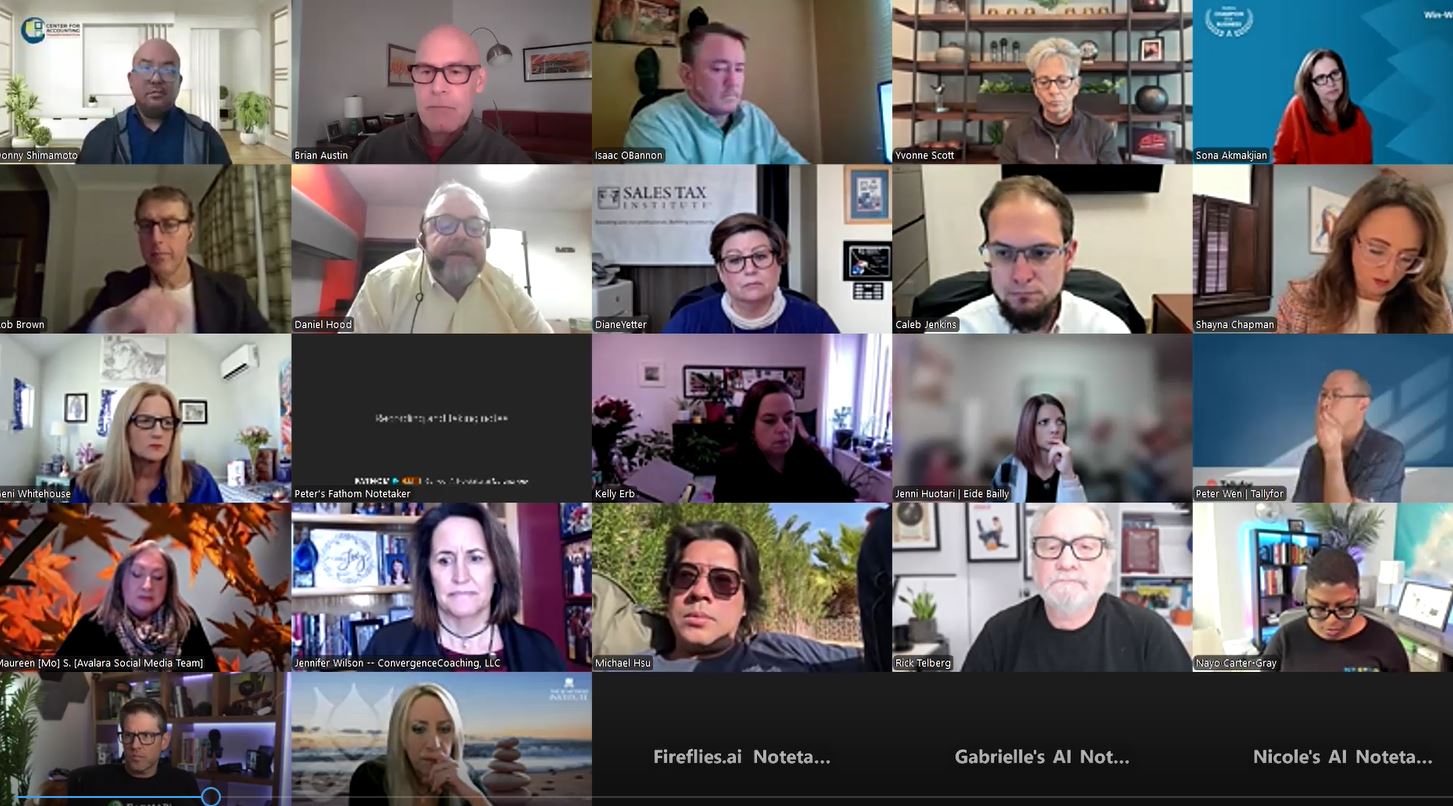While we all cherish the most trusted advisor status that accountants have earned, this status must be continually re-earned with clients. Ask yourself whether your clients want you to serve them or lead them to better success. I believe your clients desperately want you to lead them — and if you don’t, they may turn to someone else who will. Of course, to effectively lead your clients, you must constantly retool your knowledge and processes or risk becoming irrelevant and out of touch. At the recent Sleeter Group Accounting Solutions conference, Himanshu Palsule, Executive VP of Sage said it perfectly: “If you don’t like change, you’ll surely hate irrelevance.”
If you’ve been following the buzz in the accounting technology world lately, you have no doubt been flooded with new terms, new predictions and new opportunities to lead your clients into the future.
Here is a quick review of some of the key trends in accounting software that are particularly relevant today:
Chunkification
In the past 30 years or so, the accounting software market has been dominated by large, all-in-one accounting products such as QuickBooks, Sage Peachtree, Microsoft Dynamics, Sage ERP Accpac, etc.
All of these products include General Ledger, AR, AP, Payroll, Inventory and most of the functions needed by small and medium sized businesses. While these products were built to solve the horizontal needs of clients by providing basic features common to all businesses, most do not provide the vertical, industry-specific customizations needed by nearly every client.
The new crop of products and technologies, nearly all of which are cloud-based applications, are “chunkifying” those large systems into specific business processes to provide more specific functionality and verticalization. This is a double-edged sword. On the one hand, it’s great because we can now find the best match for each business process for each client. But on the other hand, we now have to worry more about how each of the chunks will fit together into a unified accounting system. Even with these new challenges, chunkification is compelling for accountants, clients and especially for software developers. With such broad adoption of the cloud and mobile devices, developers can now focus on deep functionality and integration that customers demand. And by focusing on smaller chunks, they can develop more profitable business models that allow them to continually improve, update and customize their solutions to meet the evolving demands of the market. Clients gain incredible benefits from this chunkification because they can pick the best match for individual parts of their accounting system instead of having to compromise with the warts in some areas of whichever product they choose.
Zero Entry
For several years now, we’ve been using systems whereby customers and vendors can enter accounting data for us when they place orders on our web stores, or when they send us electronic invoices. Compared with our old world of faxes and paper documents (both sales orders and vendor invoices), in which data is manually entered by the bookkeeper, this is a significant leap ahead for efficiency, accuracy and reduction in the cost of bookkeeping. This is the trend that is at the core of what I mean by “zero entry.”
The key to zero entry is that it moves us away from data entry and towards connecting business processes with the accounting system via software connections and data flows. We realize the goal of zero data entry by connecting customer-entered data, vendor-entered data, employee-entered data and automated recurring entries that free the “bookkeeper” from entering data. Although we’ll never actually reach zero entry, the dramatic reduction of data entry from this trend is compelling and revolutionary.
Lego Mastery
By combining the concepts of chunkification and zero entry, we will see a dramatic change for the role of the bookkeeper. Although the bookkeeper role won’t completely disappear, the role will change from being the expert on how to enter transactions efficiently to how to manage transactions and other “data flows” from several cloud-based “chunks” of the system.
Think about what it takes to become a “Lego Master.” You know, those artists that excel at building the most ornate and complex Lego masterpieces? They can quickly identify the right Lego pieces from thousands of shapes, sizes, colors and textures, and assemble them using the right connections in order to create the most complex and interesting structures. These skills are a perfect analogy for what we must develop to succeed with clients in the new world of cloud-based, chunkified accounting software.
We will still use all the knowledge and experience we acquired as accountants and bookkeepers, but now we’ll apply that knowledge, combined with expertise in various software chunks to connect and integrate data for each client to create a customized, efficient accounting system — very much like fitting together different Lego parts into a complete Lego masterpiece.
Collaborative Accounting Services
We also must focus on how to collaborate with and serve clients in ways that were simply impossible just a few years ago.
In this new world, cloud computing provides the perfect platform for both accountants and clients to work collaboratively on the same data at the same time from anywhere in the world. By centralizing the client’s data in the cloud, surrounded by robust security measures (both physical and network security), we can provide clients with the same features and capabilities they used to get from their premise-based systems, but in addition, we can work collaboratively with clients and manage their business information.
The Payoff for You and Your Clients
Although the process of getting from today’s world to this new, cloud-based, collaborative world may be disruptive to your practice and to your existing clients, in the end the payoffs will be huge.
The key payoff is that by focusing less on teaching clients to enter data, and more on helping them implement zero data-entry systems, everyone becomes more efficient. Your clients can focus more on growing and managing their businesses, and you can move up the value chain and provide high-value business consulting services like business analytics, real-time dashboards and management consulting.
If you’re like me, you can’t wait for this new world to become our real world. It’s coming, and we’ll all get there sooner or later. But remember, the early bird gets the worm.
Thanks for reading CPA Practice Advisor!
Subscribe Already registered? Log In
Need more information? Read the FAQs
Tags: Firm Management, Technology


![gavel1_11537663[1]](https://www.cpapracticeadvisor.com/wp-content/uploads/2020/03/gavel1_11537663_1_.5e6a69aa237a8.png)


